- Home
- Features
- Movies/Media
- Collectibles
- Comics/Books
-
Databases
-
Figure Database
>
-
X-Plus Toho/Daiei/Other
>
- X-Plus 30 cm Godzilla/Toho Part One
- X-Plus 30 cm Godzilla/Toho Part Two
- X-Plus Large Monster Series Godzilla/Toho Part One
- X-Plus Large Monster Series Godzilla/Toho Part Two
- X-Plus Godzilla/Toho Pre-2007
- X-Plus Godzilla/Toho Gigantic Series
- X-Plus Daiei/Pacific Rim/Other
- X-Plus Daiei/Other Pre-2009
- X-Plus Toho/Daiei DefoReal/More Part One
- X-Plus Toho/Daiei DefoReal/More Part Two
- X-Plus Godzilla/Toho Other Figure Lines
- X-Plus Classic Creatures & More
- Star Ace/X-Plus Classic Creatures & More
-
X-Plus Ultraman
>
- X-Plus Ultraman Pre-2012 Part One
- X-Plus Ultraman Pre-2012 Part Two
- X-Plus Ultraman 2012 - 2013
- X-Plus Ultraman 2014 - 2015
- X-Plus Ultraman 2016 - 2017
- X-Plus Ultraman 2018 - 2019
- X-Plus Ultraman 2020 - 2021
- X-Plus Ultraman 2022 - 2023
- X-Plus Ultraman Gigantics/DefoReals
- X-Plus Ultraman RMC
- X-Plus Ultraman RMC Plus
- X-Plus Ultraman Other Figure Lines
- X-Plus Tokusatsu
- Bandai/Tamashii >
- Banpresto
- NECA >
- Medicom Toys >
- Kaiyodo/Revoltech
- Diamond Select Toys
- Funko/Jakks/Others
- Playmates Toys
- Art Spirits
- Mezco Toyz
-
X-Plus Toho/Daiei/Other
>
- Movie Database >
- Comic/Book Database >
-
Figure Database
>
- Marketplace
- Kaiju Addicts
|
We decided to give fans a list of the Titans of the Monsterverse (the biggest and most dangerous creatures), this is not meant to give every detail, at least not just yet, since we have vague details on many of them. But it will be expanded as we learn more, and with other creatures as well, and hopefully be a reference to fans, thanks. Godzilla An alpha predator from the Permian period (millions of years before the rise of the dinosaurs in the Mesozoic era), Godzilla awakened to feed on American and Soviet nuclear submarines decades before the events of 2014’s Godzilla. After defeating the M.U.T.Os in that movie, Godzilla retreated from the ruins of San Francisco back into the ocean. In King of the Monsters he returns to take on Ghidorah. While retaining the same basic design as his 2014 appearance, Godzilla received a slight revamp for King of the Monsters, with his dorsal plates changing in shape. Rather than being jagged and straighter in design, the new design features more protrusions. The three large central dorsal plates running from mid-way down his back are the same shape as the original Godzilla's dorsal plates. The claws of his toes are also longer and curved. His skin is rougher in texture. The tip of his tail is also more rounded. In addition, his eye color also changes when he uses his atomic breath, becoming a bright blue, much like his attack. Mothra Queen of the monsters, Mothra is birthed in larval form early in Godzilla: King of the Monsters, but is soon revealed in all her winged, bioluminescent glory. Mothra’s larval state is much more insectoid in appearance compared to other incarnations and has a bluish-green coloration to it as opposed to the traditional brown and baby blue eyes. Her imago state possesses large wings with red, orange, yellow, and black coloration which give off a blue/orange glow with eye patterns akin to her Showa era, Heisei era, and Godzilla: Tokyo S.O.S. designs. She also possesses raptorial front and mid-legs and toed hind-legs akin to the male MUTO. Her wings are much narrower than most incarnations. She sports a stockier head than most other interpretations but retains the classic blue eyes. Her abdomen is shaped like a wasp's, much like her 2001 portrayal. Her body still retains her classic white fur though her mouth is vertical as opposed to the usual horizontal position. Rodan Rodan's original name, 'Radon', is based on 'Pteranodon'. The spelling of Radon in Japanese also corresponds to the name of Ladon, the dragon-like monster represented in Greek Mythology. This incarnation of Rodan has a larger wingspan compared to any of his interpretations, with a fiery glow coating the bottom edge. His physique and general appearance bear a strong resemblance to a bird of prey, with dark-red skin, a v-split crest with the ends curling inward. He lacks teeth, much like the Showa and Millenium incarnations, though his beak has a serrated look to it, giving the illusion of teeth. He retains the spade-shaped tail from his 1956, Showa, and 2004 incarnations. His eyes are yellow and rather cat-like. He still retains spikes on his chest, though, compared to other incarnations, they are smaller and less defined. King Ghidorah Originally dubbed Monster Zero, King Ghidorah is the ultimate nemesis to Godzilla, and mankind, in King of the Monsters. Unlike the other Titans, Ghidorah’s origins may be off-world, similar to his extraterrestrial roots in the Toho Godzilla movies. Ghidorah's name is likely based on Zmey Gorynych from the 1956 Soviet film Ilya Muromets, the inspiration source of the monster and was called King Dragon in Japan. "Ghidorah" is likely based on a direct translation of the pronunciation of Hydra in the Russian language. Like most of his past incarnations, Ghidorah is larger than Godzilla, and each of his neck has a row of spines going down but the middle neck has two rows of spines while the left and right necks have one. The middle head's horns are notably straighter and longer than those of its peripheral heads. Ghidorah's wings are also much larger and more bat-like in appearance than most incarnations, and they can also act as forelimbs to support his massive body. Each of his heads has a crown of horns similar to the Heisei incarnation, but each horn is longer and more curved. The horns also tend to flare depending on Ghidorah's current mood. Ghidorah still has his traditional twin tails with spiked bludgeons at their tips that can rattle as an intimidation display. His legs are digitigrade with avian-like feet, similar to the 2001 incarnation. Ghidorah's eyes are fiery red which seem to glow yellow whenever he charges up and fires his gravity beams, and his tongues are forked, similar to a snake's. MUTO (New eight-legged MUTO, Eight-legged female MUTO (Godzilla 2014), Winged male MUTO Godzilla fought a male and female couple of M.U.T.Os, or “Massive Unidentified Terrestrial Organisms,” in the 2014 Godzilla, footage from which is seen in Godzilla: King of the Monsters. A third M.U.T.O (another female, the larger of the species) pops up in King of the Monsters, awakened by Ghidorah, it looks slightly different in appearance to the previous MUTO, the other female MUTO. This MUTO has three fin-like structures running down her back, as well as leg joints that all end in a noticeable point. Unlike her deceased kin, her exoskeleton is more of a gray color instead of black. It is possible that she is another species of MUTO not yet seen before. MUTO Prime The MUTO Prime is nearly identical in appearance to a regular female MUTO, except for several notable differences. The MUTO Prime has a hardened outer shell with razor sharp back spires on it, large orange-glowing forelimbs, as well as several smaller pairs of forelimbs on her chest. Dagon Dagon is seemingly named after the Canaanite fertility and agricultural god commonly thought to be an ocean god thanks to being featured in H.P. Lovecraft's works. Being apart of the same species, Dagon had many of the traits of Godzilla himself. This includes jagged dorsal plates, dark coarse skin, yellow eyes, gills, wide feet, a robust head, and short forearms. Dagon encountered and fought with the parasitic MUTO Prime. After a brief fight, Dagon was beaten to the brink of death by MUTO Prime, who then proceeded to implant her eggs into Dagon's stomach lining. The eggs would go on to feed off of Dagon's nuclear-rich blood while he still lived, which eventually killed him. It is his skeleton seen in Godzilla 2014 in the Philippine mine. Margygr Margygr is an aquatic scaly reptilian Titan (similarly to Godzilla), about the size of a whale. She has a flat face with her nostrils above her human-like eyes, like some aquatic mammals, and her skull protrudes backwards, shielding her neck. In death, Margygr appears burnt, with her skeleton showing, and a jagged rift runs from her neck to her abdomen. Shinomura Shinomura are massive, winged, dragon-like monsters with blue scales and black wings. They also resemble scorpions and have multiple eyes. Shinomura's gigantic super-colony cells are black and blue and resemble starfish. Shinomura was originally assigned the placeholder name "MUTO" by Monarch, but is later named "Shinomura" by Ishiro Serizawa's father. Shinomura's name is derived from the Japanese term "shi no mure," (死の群れ) literally meaning "swarm of death." Shinomura is a superorganism composed of countless smaller organisms which join together into a single body. Due to this structure, Shinomura can split apart into multiple bodies and recombine later. It can also change its shape to form spiked tentacles which it uses to capture prey or attack Godzilla. Kong Honoring the original design, Industrial Light & Magic developed the 2017 design by giving Kong orange-brown fur, a small crown, a huge brow, an exaggerated muzzle, and animators gave Kong a wide-eyed roar. This Kong was designed to be 104 ft. tall was to give him weight and a grandiose quality that would evoke the idea of a human speck in the shadow of the colossus. Another big part of the design was instilling a sense of divisiveness in the audience, where some see Kong as a threat, others a savior, and some a God. Skullcrawlers Skullcrawlers are large reptilian creatures with only two long forelimbs and no hindlimbs, as well as long, prehensile, serpentine tails. They have long and slender, yet muscular, sturdy bodies. Several aspects of their appearance are noticeably skeletal, particularly their torsos and their heads. What appear to be the "eye sockets" of their skull-like heads are merely empty fenestrae presumably it evolved that way in order to protect its eyes from enemies: their real eyes are set much further back, with the fenestrae perhaps serving to distract enemies from their more vulnerable eyes and acting as heat-seeking sensory pits. The colors of their scales range from dark brown to dark green to a bone white color. Their heads closely resemble those of Mosasaurs such as Tylosaurus, and their jaws possess two rows of serrated, razor-sharp teeth. The Skullcrawlers have four digits in total of each hand, with the thumb being the smallest digit and the rest of the digits being larger and of the same size, and the adults have a prominent bony spike protrudes out of each of their elbows. The thorny, toothlike structures of their inner mouths somewhat resemble that of a leatherback turtle's. Additionally, they have long, prehensile triple-forked tongues that they can use to grab their prey. Sker Buffalo Sker Buffaloes greatly resemble abnormally large water buffaloes but with several differences. They possess incredibly large horns that have forked into at least three branches. The Sker Buffaloes also have algae covering much of their bodies, probably due to their habit of being submerged underwater. Their backs possess a large amount of foliage, allowing for proper camouflage. Mire Squid The Mire Squid seemingly gets its name from its environment, as "Mire" refers to a stretch of swampy or boggy ground, the same areas they tend to inhabit. Mire Squids resemble a colossal cross between squids and octopus with a head resembling a octopus and eight long arms. Mire Squids are ambush predators that lurk in the waters of Skull Island for unsuspecting prey. Spore Mantis Spore Mantises resemble a stick-insect, albeit one so big it instead mimics a fallen log. They have six wood-shaped legs and bark-like skin covering their bodies, and their head is small and retractable into the log-like covering. Mother Longlegs Mother Longlegs are gigantic spider-like creatures that stand around 5 to 7 meters tall. They possess incredibly long legs that resemble bamboo stalks, allowing them to blend in seamlessly with the surrounding forests, with their legs posing as plants and their upper bodies held high above the canopy. The top half of the Mother Longlegs are covered in leafs with 8 red eyes. In addition to their eight legs, Mother Longlegs possess two additional limbs located closer to their heads, which are equipped with pincer-like claws. A giant Mother Longlegs is also seen in Issue #4 of Skull Island: The Birth of Kong. It is far larger than the average Mother Longlegs, and can even compete in size to creatures such as the Mire Squids, Skullcrawlers, and Kong himself. Its head is more rigid, and unlike its smaller counterparts, it has fur instead of leaves growing out of the top of its head and abdomen. Methuselah
Methuselah is named after the biblical figure of the same name (מְתוּשֶׁלַח Məṯûšelaḥ or מְתוּשָׁלַח Məṯûšālaḥ), who is associated with longevity due to the Bible claiming that he lived to be 969 years old. Very little is seen of Methuselah onscreen. The creature appears to be quadrupedal, with a mammalian face possessing horns like a bull's. His eyes lack visible pupils and are glossy and clouded-over. Methuselah's most noticeable physical trait is the gigantic mountain he carries on his back. Methuselah was discovered by Monarch near Munich, Germany, and Outpost 67 was constructed around him. Other details about the creature's origins are unclear. Scylla Scylla is named after the sea monster of the same name (Σκύλλα Skylla) from Greek mythology. Scylla is a black giant arachnid-like Titan, with six very long, bony, and lightly haired legs, each with two joints and ending with a claw. These legs are strong enough to tear through solid rock, and small spikes grow out of the first joint. Scylla's head is also surrounded by several squid-like tentacles, and unlike most spiders, she only has two eyes. Her anatomy is that of a squid and not of a spider, allowing her to survive and thrive underwater. Scylla was discovered by Monarch in the Arizona desert, and Outpost 55 was constructed around her. Other details about the creature's origins are unclear. Behemoth Behemoth is named after a beast mentioned in the Bible (בהמות Behemot), which is interpreted often as either referring to a mythical creature or a large animal such as an elephant or rhinoceros. Behemoth is a mammalian creature resembling a gigantic sloth. He knuckle-walks like an ape using his long and muscular forelimbs which are larger than his hind legs. Behemoth's most notable trait are his colossal mammoth-like tusks which jut downward from his cheeks. Behemoth is covered in light brown fur, and appears to have greenish vines or algae growing on his otherwise gray tusks. Behemoth possesses a row of bumpy triangular spikes running along his back. Behemoth is very tall and appears to nearly match Godzilla himself in physical stature. Behemoth was discovered by Monarch in Brazil, and an outpost was constructed around him. Other details about the creature's origins are unclear. Baphomet Baphomet was a goat-headed demonic entity worshiped by a cult and associated with the Knights Templar. It is unknown if Titanus Baphomet was this worshiped entity or if it is merely named after Baphomet for another reason. (Not seen) Typhon Typhon may be referring to Typhon, a monstrous and powerful male serpentine giant in Greek mythology and the father of Scylla. (Not seen) Abaddon "Abaddon" is a Biblical Fallen Angel, sometimes the Angel of Death and sometimes the Angel of Destruction. He is notably mentioned to have had an army of locusts. It is unknown whether Titanus Abaddon has any connection to the angel, or whether it's just a codename. (Not seen) Leviathan The Leviathan likely refers to the Biblical use, in which the Leviathan is a giant sea creature created by God, usually described as a serpentine crocodile or a whale. This creature is the counterpart to the Behemoth. Leviathan's name may also refer to the definitions of leviathan, either a large aquatic creature or a thing that is very large or powerful. Leviathan was found in Loch Ness by Monarch, and an outpost was built around it. (Not seen) Sargon Titanus Sargon's name may refer to the Sargon genus of beetle, possibly meaning that Sargon is beetle-like. (Not seen) Bunyip The "bunyip" is a large Australian cryptid found in shallow water, similar to a hippopotamus. It is unknown whether bunyip sightings are really Titanus Bunyip, or if Titanus Bunyip was given its name by Monarch for a different and unknown reason. (Not seen) Mokele-Mbembe In the novelization, Mokele-Mbembe is described as a grey quadruped with a pebbled reptilian back, with a head resembling an earless elephant, although the tusks point down instead of up. His forelimbs are large and five-clawed, and his rear limbs are slightly smaller, while his tail is twice as long as the rest of his body. His mouth opens like a crocodile's to reveal sharp teeth. (Not seen) Quetzalcoatl Quetzalcoatl's name comes from a feathered serpent deity from Aztec mythology. (Not seen) Tiamat No info. (Not seen) Kraken The "Kraken" is a giant squid cryptid. antagonistic towards sea vessels, similarly to Kraken himself. However, "Kraken" is just a nickname for the undesignated Titan, and it is unknown if he is the actual Kraken legend. Kraken greatly resembles an octopus or a squid, but with a massive brain protected by a cone of shell. Note: Several (above) are named for destructive gods, archangels and demonic deities. Two—Mokele-Mbembe and Bunyip—are named for undiscovered “cryptids,” sometimes sought by real-world monster hunters. Mokele-Mbembe is an apatosaurus-like creature reported by early 20th century European big game hunters to be living deep in swamps and at the mouths of rivers in central Africa. The bunyip comes from Australian Aboriginal mythology and is a dreaded creature that lurks in wait beneath the surface of ponds and rivers.
0 Comments
Leave a Reply. |
Archives
January 2022
Categories
All
|
|
© 2011-2024 Kaiju Battle. All Rights Reserved.
|
Visit Our Social Media Sites
|
Proudly powered by Weebly
|
- Home
- Features
- Movies/Media
- Collectibles
- Comics/Books
-
Databases
-
Figure Database
>
-
X-Plus Toho/Daiei/Other
>
- X-Plus 30 cm Godzilla/Toho Part One
- X-Plus 30 cm Godzilla/Toho Part Two
- X-Plus Large Monster Series Godzilla/Toho Part One
- X-Plus Large Monster Series Godzilla/Toho Part Two
- X-Plus Godzilla/Toho Pre-2007
- X-Plus Godzilla/Toho Gigantic Series
- X-Plus Daiei/Pacific Rim/Other
- X-Plus Daiei/Other Pre-2009
- X-Plus Toho/Daiei DefoReal/More Part One
- X-Plus Toho/Daiei DefoReal/More Part Two
- X-Plus Godzilla/Toho Other Figure Lines
- X-Plus Classic Creatures & More
- Star Ace/X-Plus Classic Creatures & More
-
X-Plus Ultraman
>
- X-Plus Ultraman Pre-2012 Part One
- X-Plus Ultraman Pre-2012 Part Two
- X-Plus Ultraman 2012 - 2013
- X-Plus Ultraman 2014 - 2015
- X-Plus Ultraman 2016 - 2017
- X-Plus Ultraman 2018 - 2019
- X-Plus Ultraman 2020 - 2021
- X-Plus Ultraman 2022 - 2023
- X-Plus Ultraman Gigantics/DefoReals
- X-Plus Ultraman RMC
- X-Plus Ultraman RMC Plus
- X-Plus Ultraman Other Figure Lines
- X-Plus Tokusatsu
- Bandai/Tamashii >
- Banpresto
- NECA >
- Medicom Toys >
- Kaiyodo/Revoltech
- Diamond Select Toys
- Funko/Jakks/Others
- Playmates Toys
- Art Spirits
- Mezco Toyz
-
X-Plus Toho/Daiei/Other
>
- Movie Database >
- Comic/Book Database >
-
Figure Database
>
- Marketplace
- Kaiju Addicts
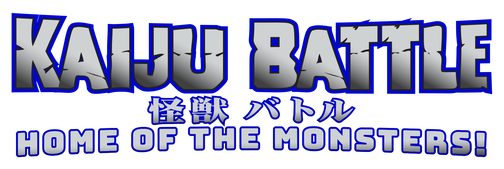
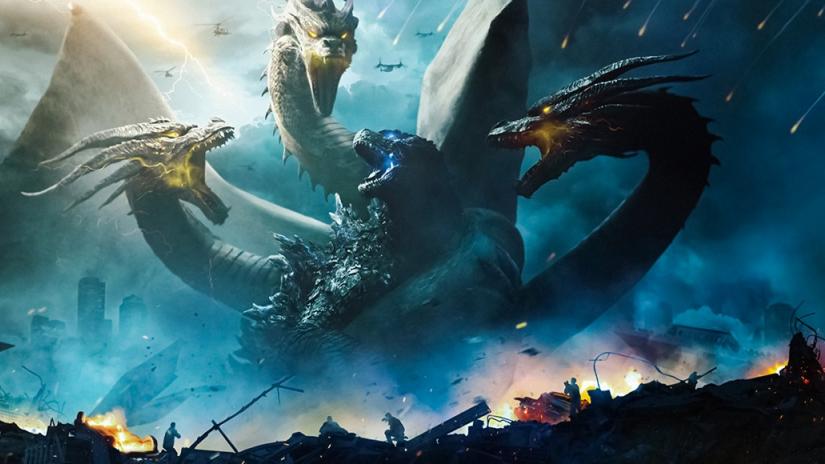

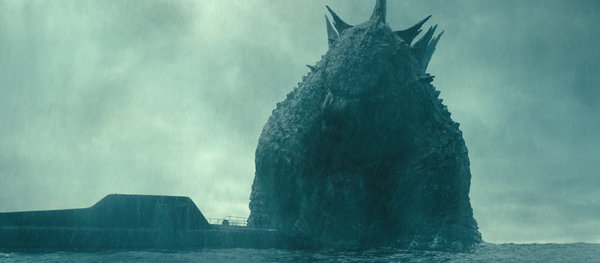
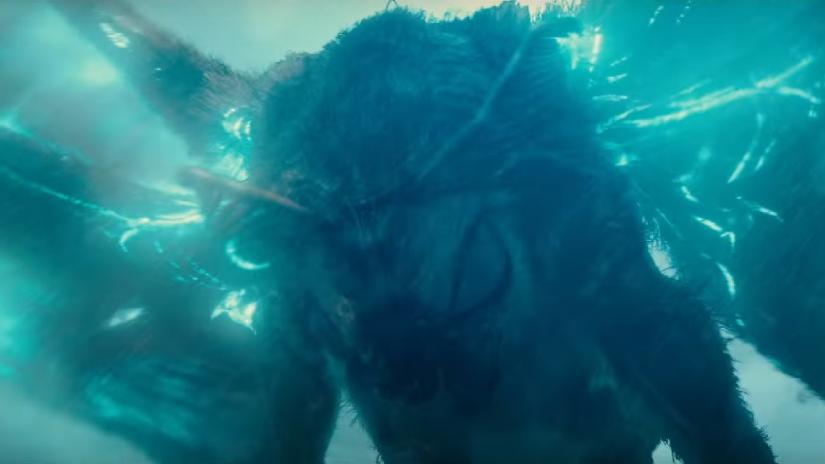
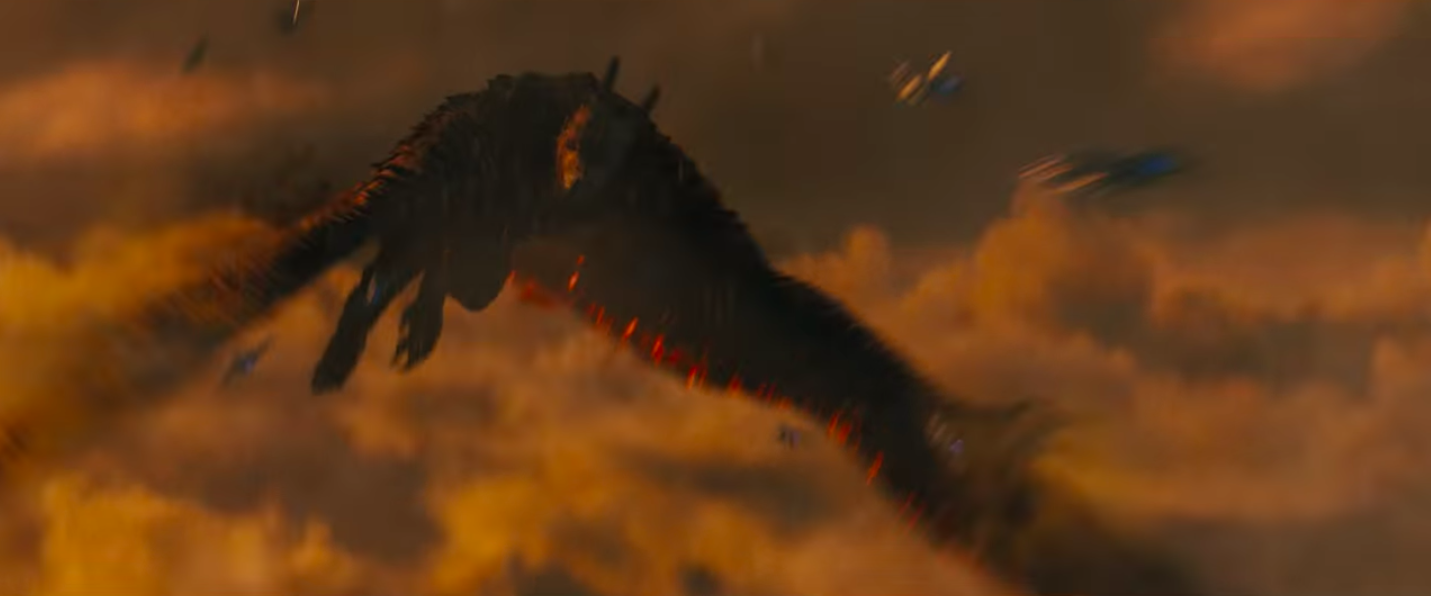
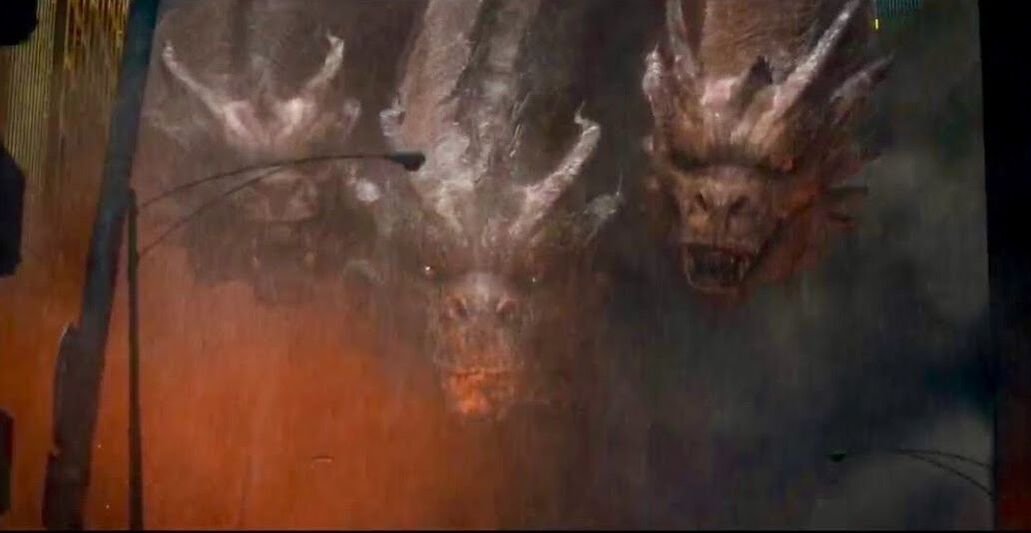
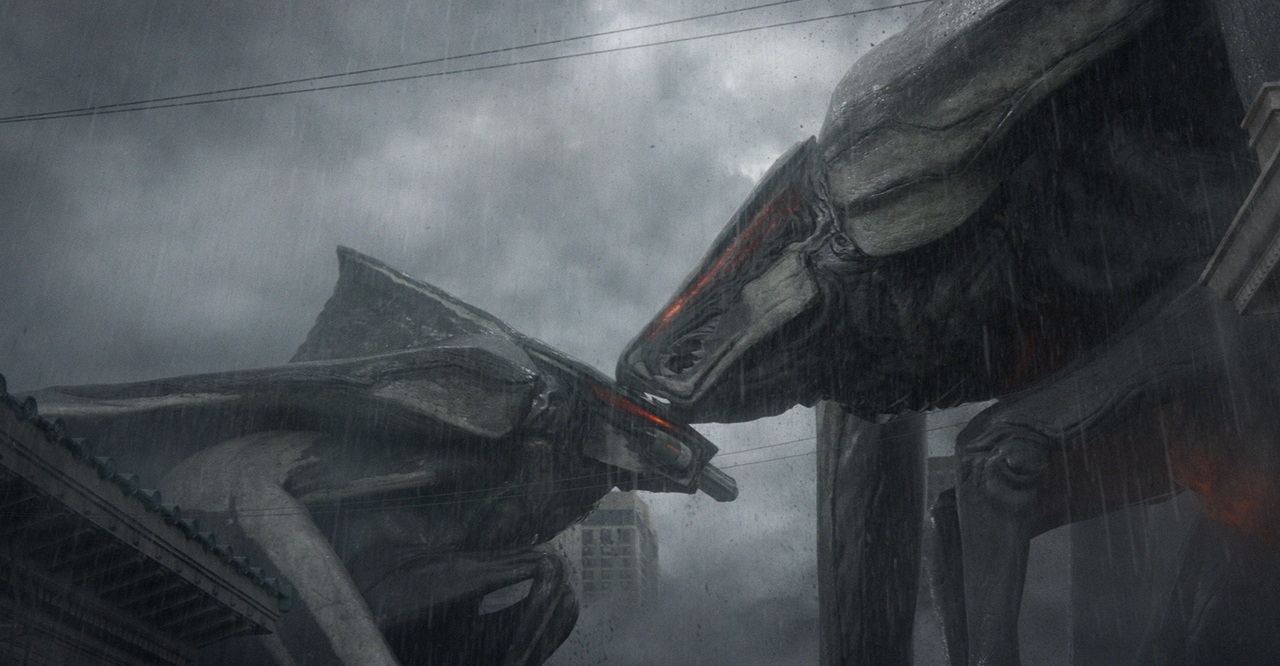
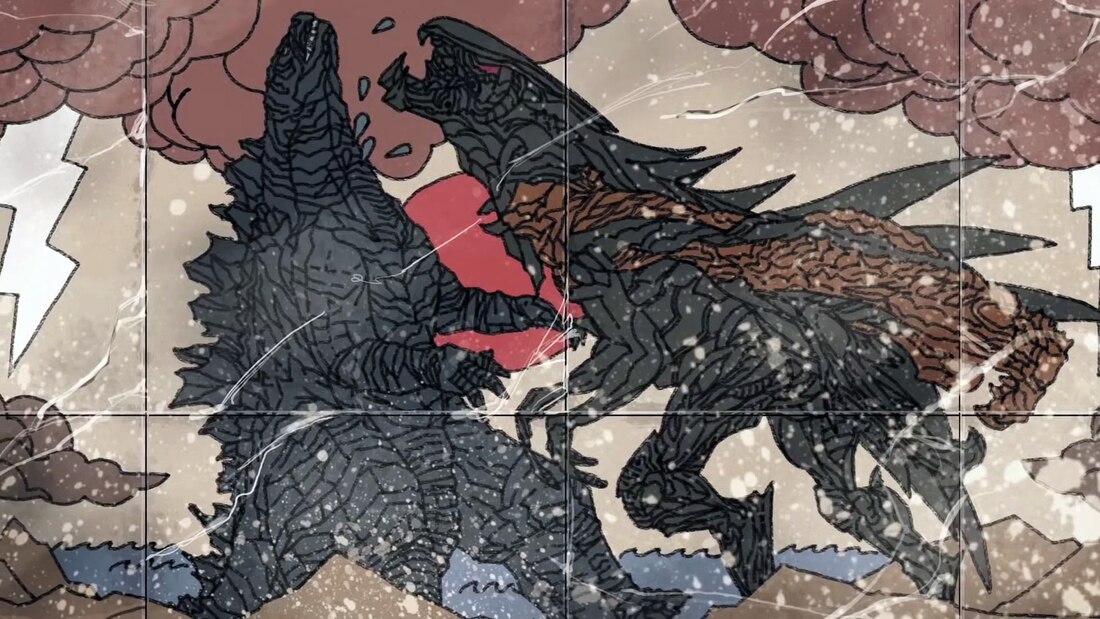
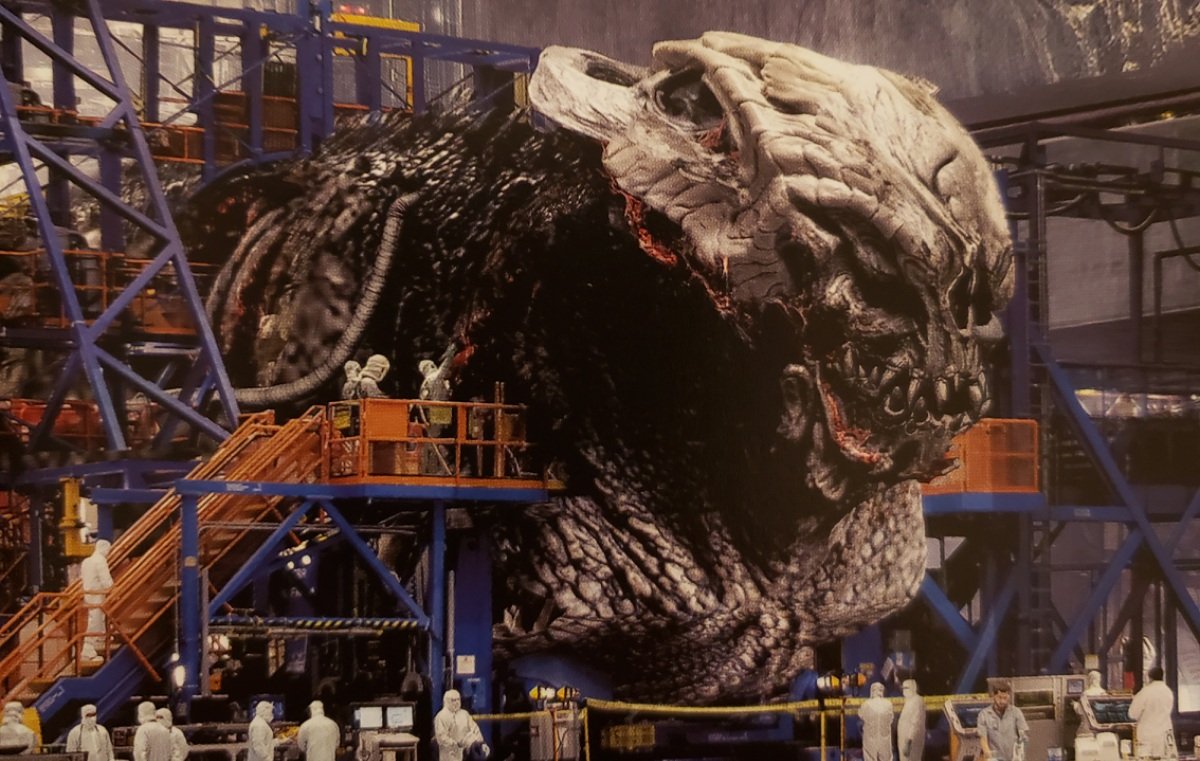
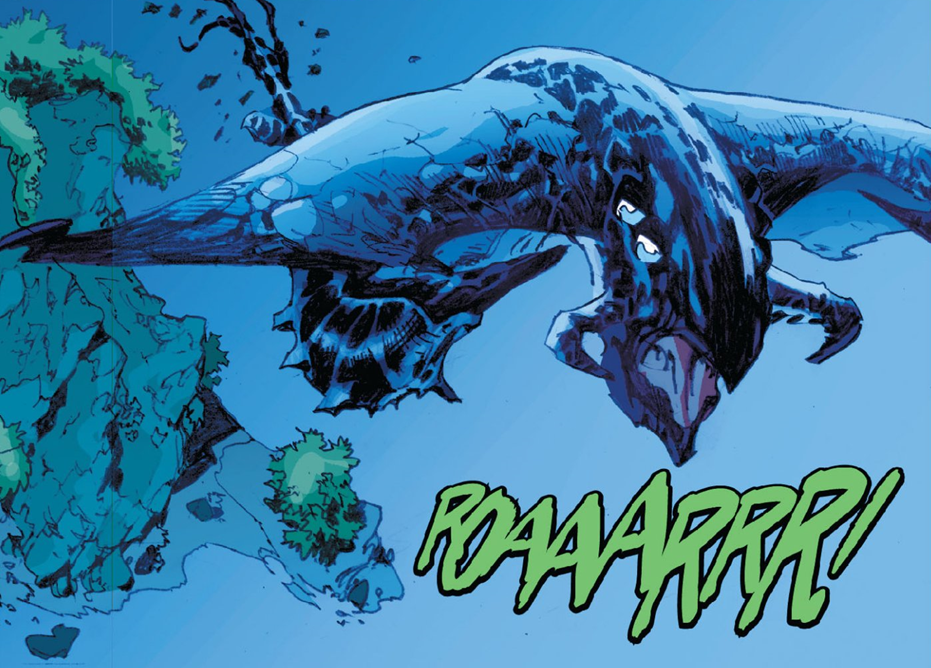
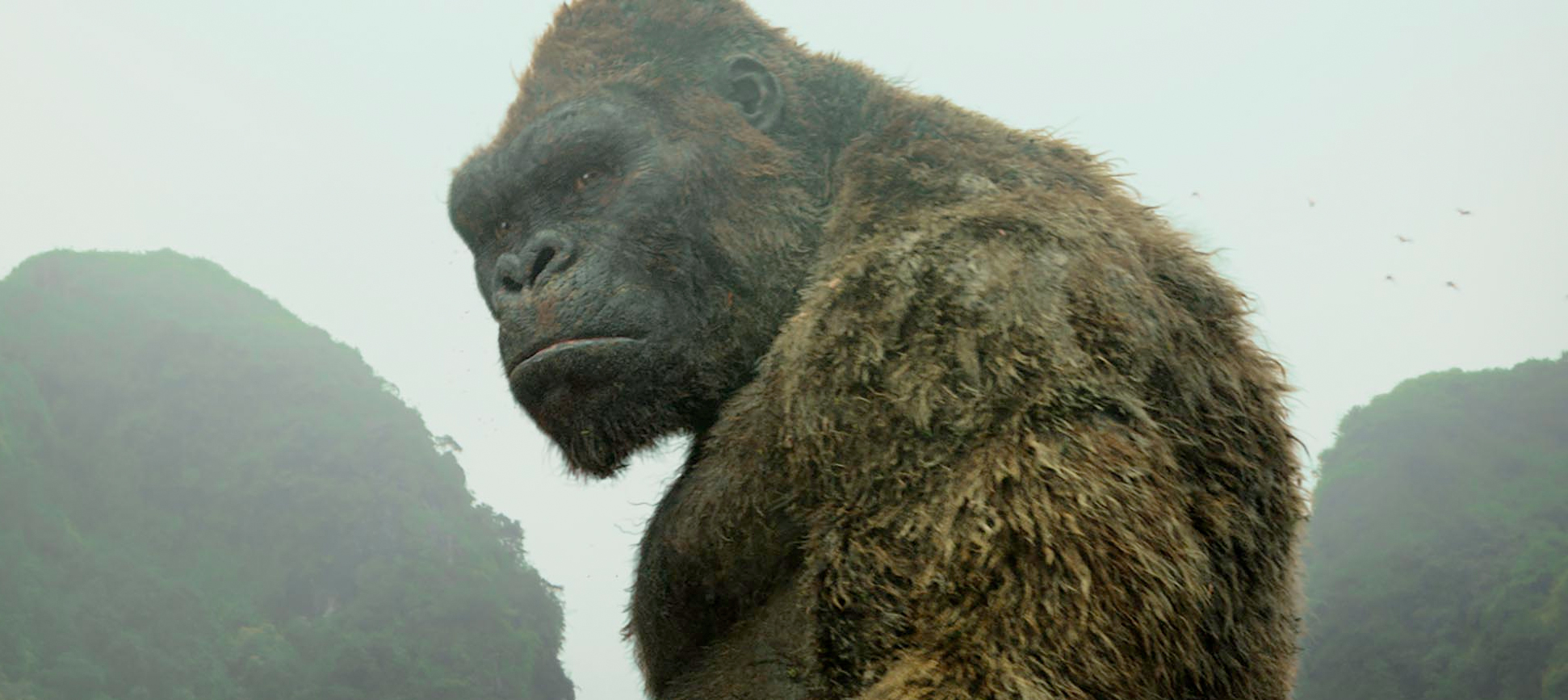
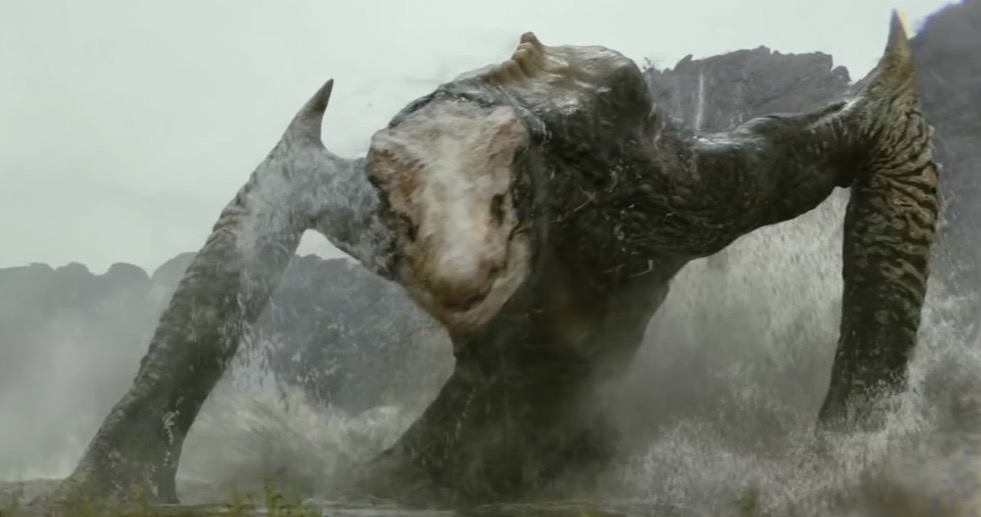
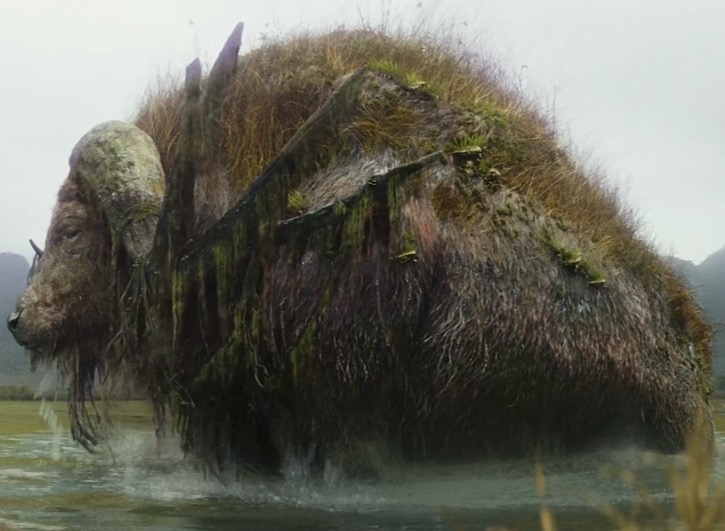
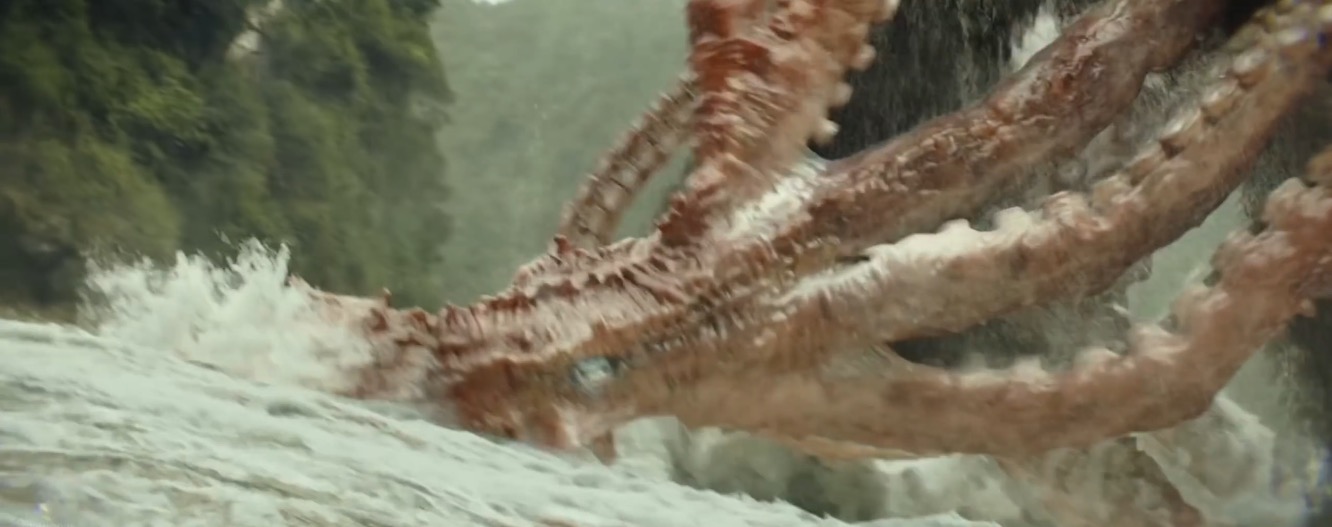
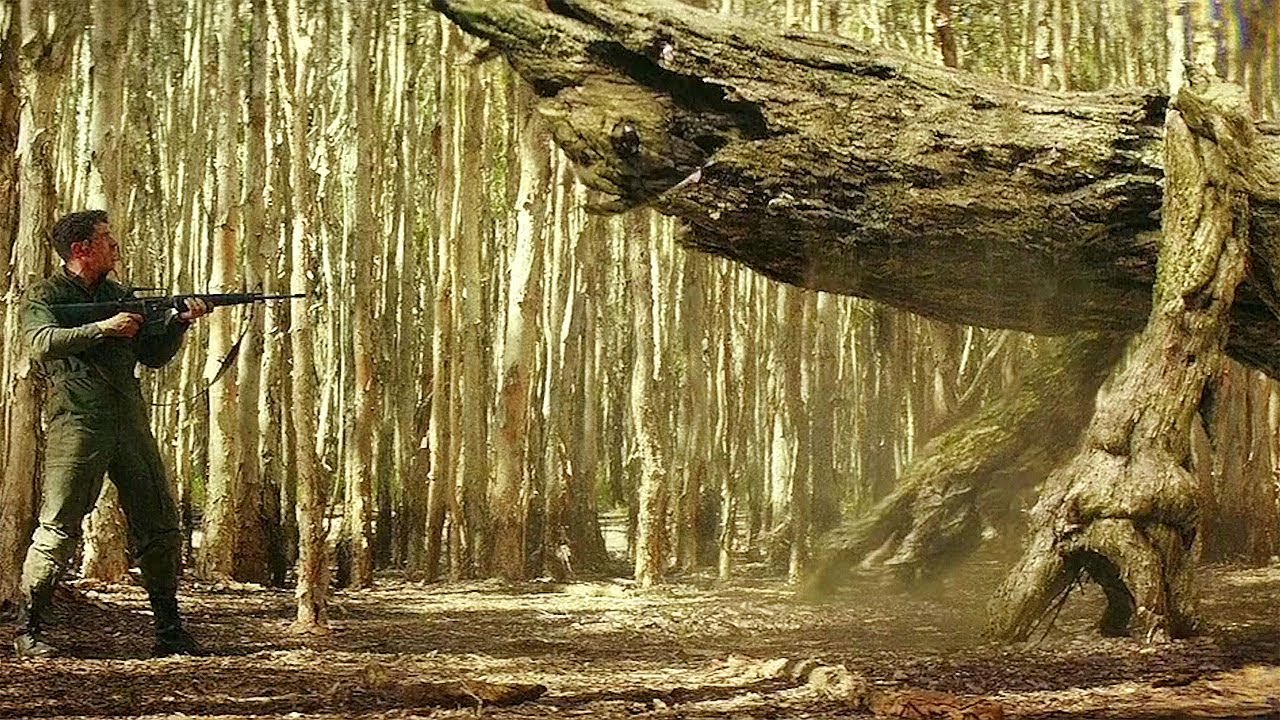
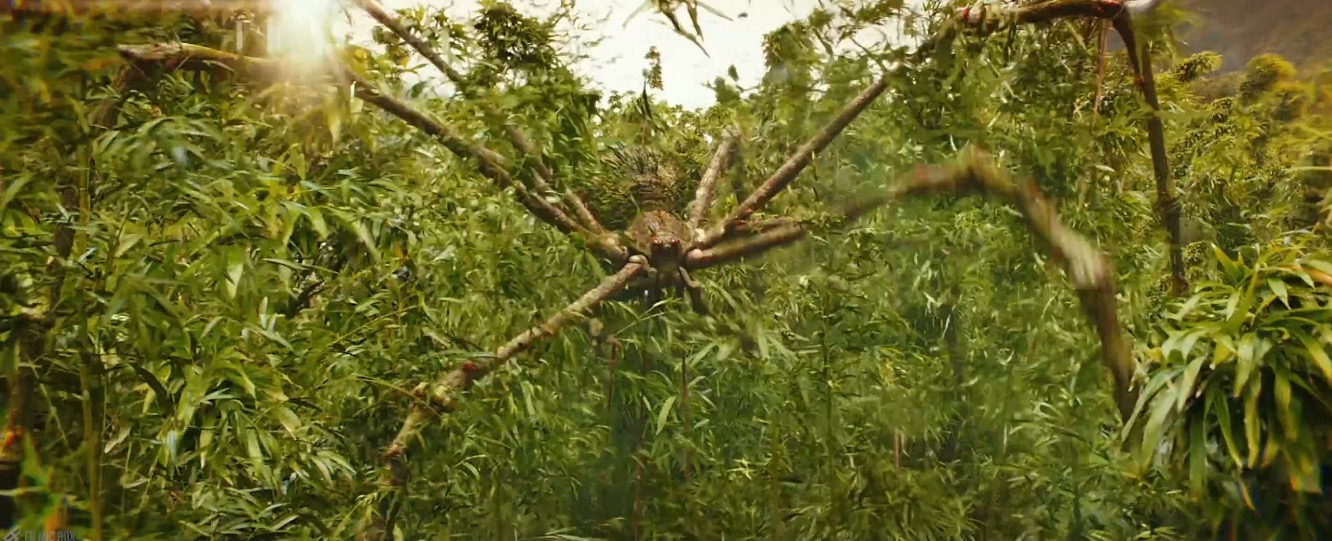
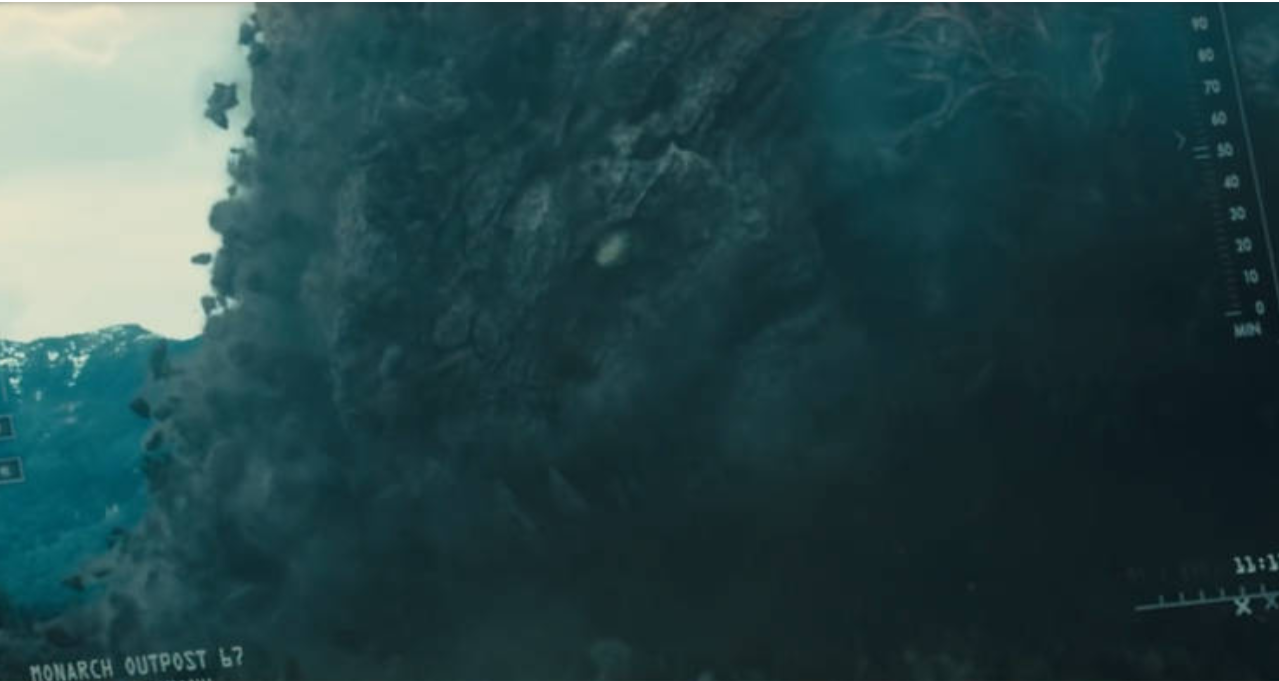
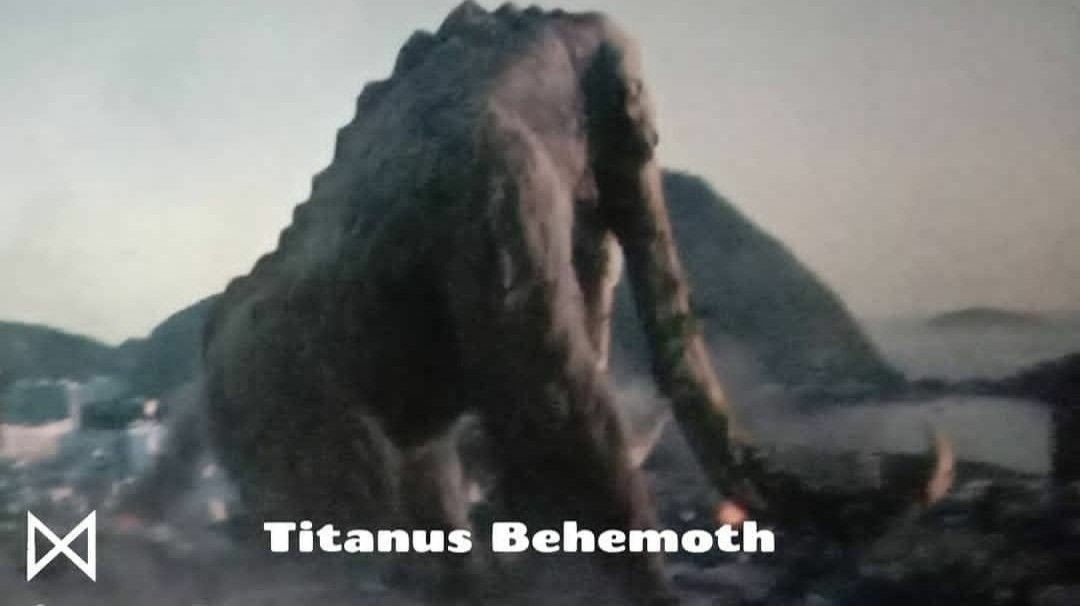
 RSS Feed
RSS Feed